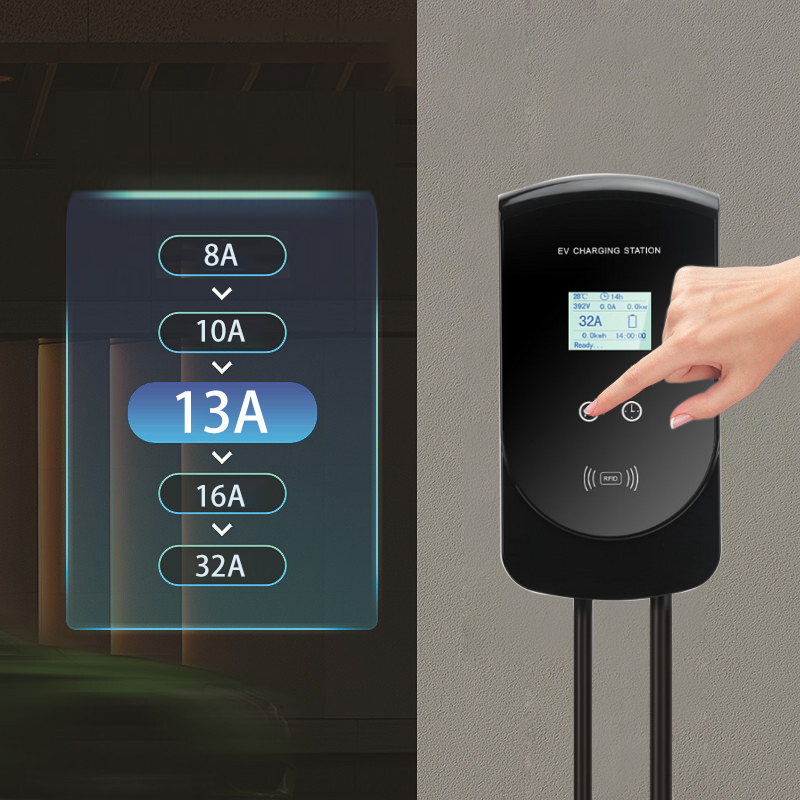Copyright 2023 The Associated Press. All Rights Reserved.
FILE - Tesla’s EV charging connector is pictured at a charging station in Anaheim, Calif., June 9, 2023. A key U.S. automotive industry organization said Tuesday, June 27, that it will set performance standards for Tesla’s electric vehicle charging cords in another move toward using the Tesla plug on all EVs. (AP Photo/Jae C. Hong, File) EV Charging Connection

DETROIT (AP) — A key U.S. automotive industry organization says it will set performance standards for Tesla’s electric vehicle charging cords in another move toward using the Tesla plug on all EVs.
The move Tuesday by SAE International, formerly the Society of Automotive Engineers, comes just weeks after Ford, General Motors and Rivian said they would join Tesla’s large Supercharger network and adopt its North American Charging Standard connector in new versions of their electric vehicles. But a rival connector called CCS is still in thousands of current EVs and will stay in use.
Also Tuesday, Volvo Cars said it had become the fourth automaker to sign an agreement with Tesla to join the company’s charging network, starting next year. Volvo said it will adopt Tesla’s charging connector in new electric vehicles starting in 2025.
SAE said that it’s already working on the standards and hopes to finish them within six months. The standards would govern how the plugs connect with charging stations, cybersecurity measures, charging speeds and reliability requirements, said Frank Menchaca, president of sustainable mobility solutions for the innovation arm of SAE’s nonprofit parent company.
The move likely spells the end of CCS, which was developed to standards set by SAE, said Guidehouse Research e-Mobility analyst Sam Abuelsamid. “It’s only a matter of time before no one is building new EVs with CCS connectors on them,” he said.
CCS, he said, is much harder to maneuver and plug into vehicles than Tesla’s NACS connector, he said. Most consumers who have used both would choose Tesla’s connector, Abuelsamid said.
But he said charging stations will have to accommodate both plugs for many years because so many vehicles are equipped with the CCS connectors.
Menchaca said Tesla and industry engineers are working on the standards in partnership. He said automakers and consumers won’t have to pay royalties to Tesla, but EV owners will need to pay Tesla to charge on its network.
The organization, he said, is not picking which connector will be used and said the industry still wants to support CCS.
Menchaca said SAE is setting standards for NACS because Ford, GM and Rivian have adopted it and it “looks like it’s poised to become really widely used. So in talking to all of the stakeholders we decided it needs to be standardized.”
The standards, he said, will provide more choice and convenience and access to a bigger charging network. “Who knows if others come on board, it could be the dominant way that people charge,” he said.
Other automakers such as Stellantis and Hyundai are considering switching to Tesla’s connector.
At present, nearly all automakers other than Tesla use CCS.
Tesla’s Superchargers are coveted by other automakers because it has more direct current fast-charging plugs in the U.S. than any other network, and its stations are in prime locations along freeway travel corridors.
GM, Ford, Rivian and Volvo owners will get access to more than 12,000 Tesla Supercharger plugs. In the U.S., Tesla has 1,797 Supercharger stations and more than 19,000 plugs, according to the Department of Energy.
Since the stations are direct current fast-chargers, they can charge EVs relatively quickly as people travel.
ChargePoint has the biggest charging network in the U.S. with more than 32,000 stations and 55,000 plugs, but most of them are Level 2 chargers that can take up to eight hours to get a battery up to a full charge.
The Energy Department says there are about 54,000 public charging stations nationwide with more than 136,000 plugs. While most are slower Level 2 chargers, the network of DC fast chargers is growing.
Still, industry analysts say there is growing momentum to switch to Tesla’s connector to become the standard in the U.S., although vehicles likely will need to be able to use both connectors for a while.
GM and Ford say they’re not paying Tesla anything for access to the network.

7.5kW EV Charger Copyright 2023 The Associated Press. All Rights Reserved.